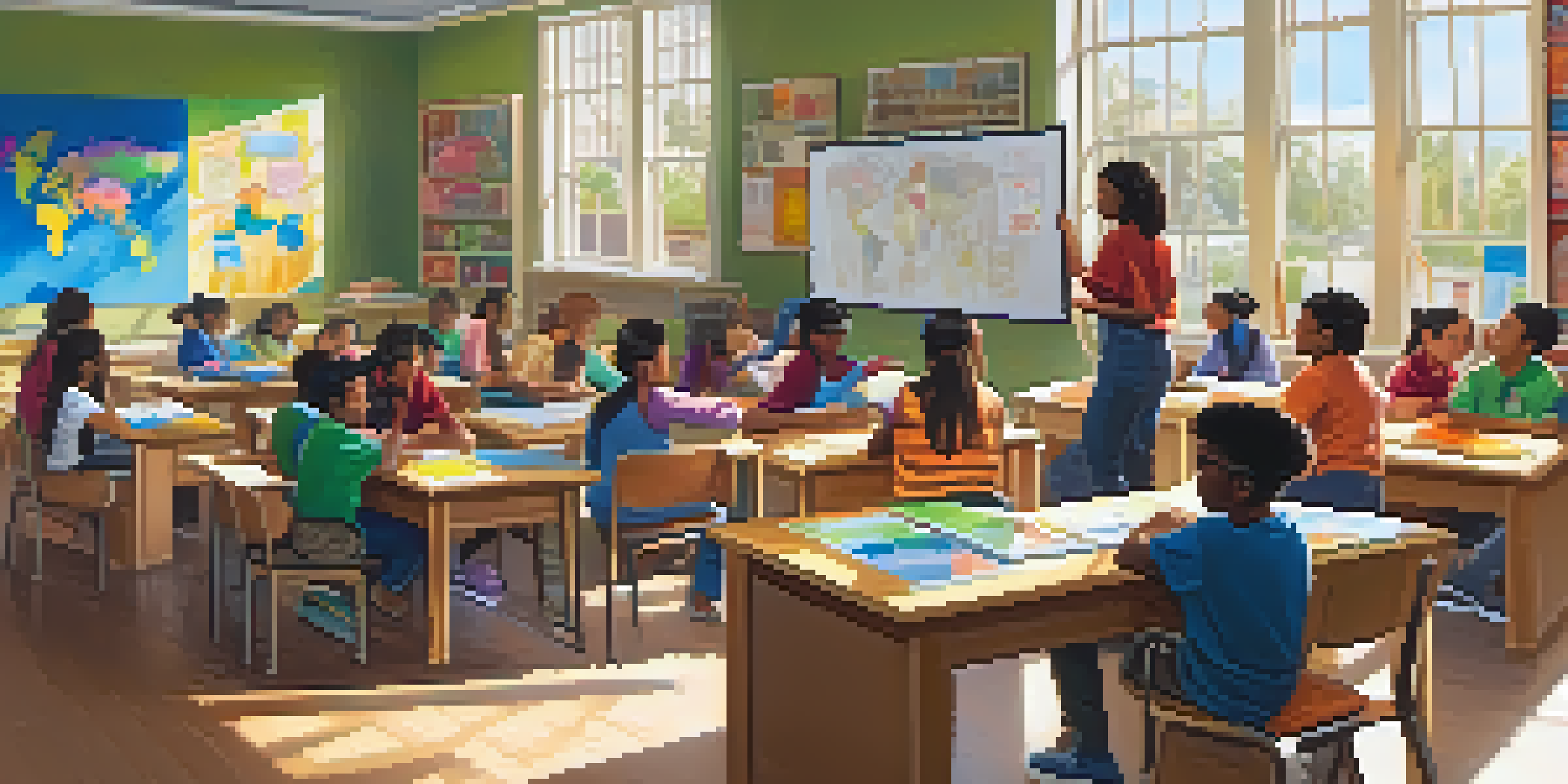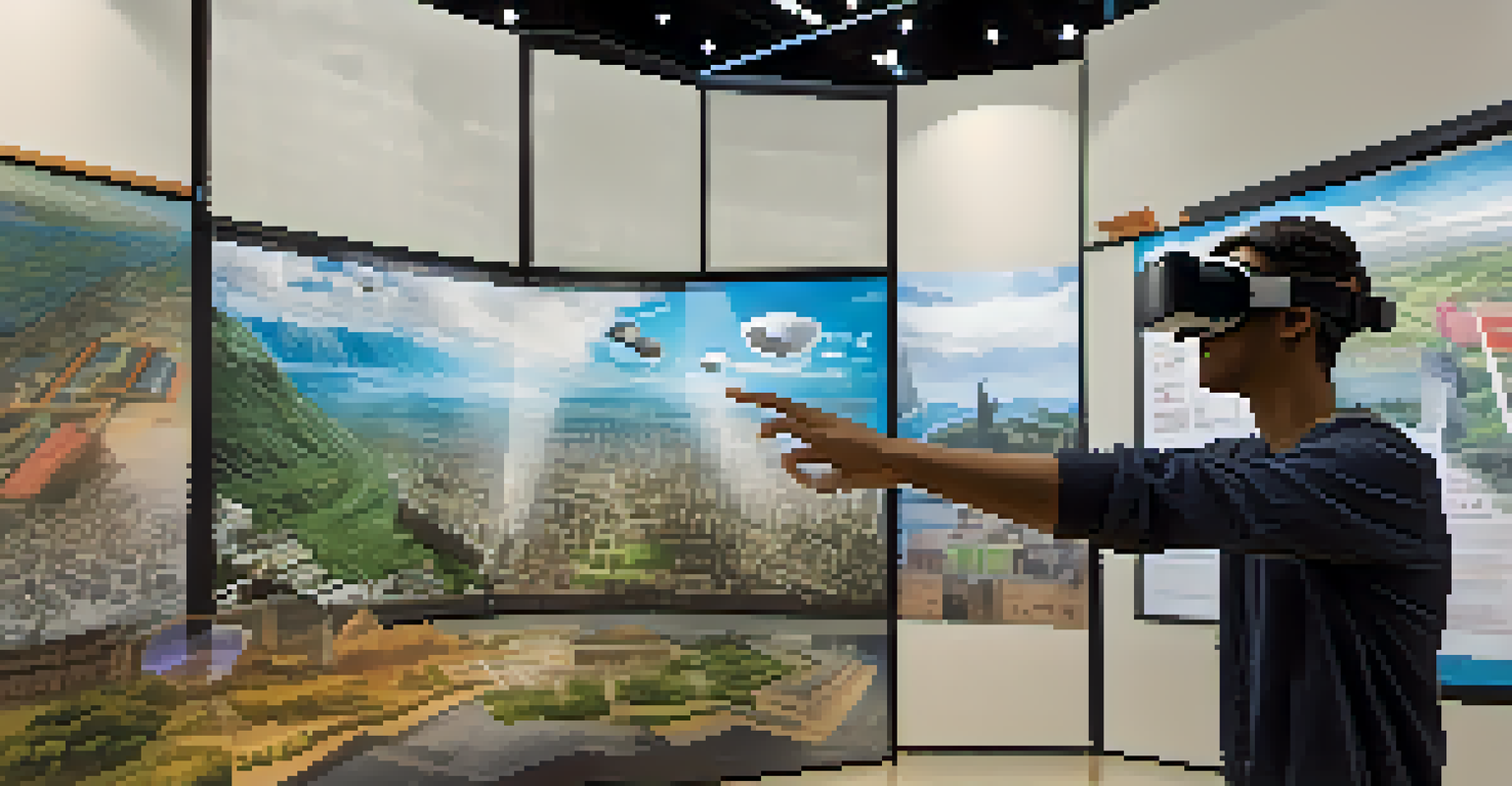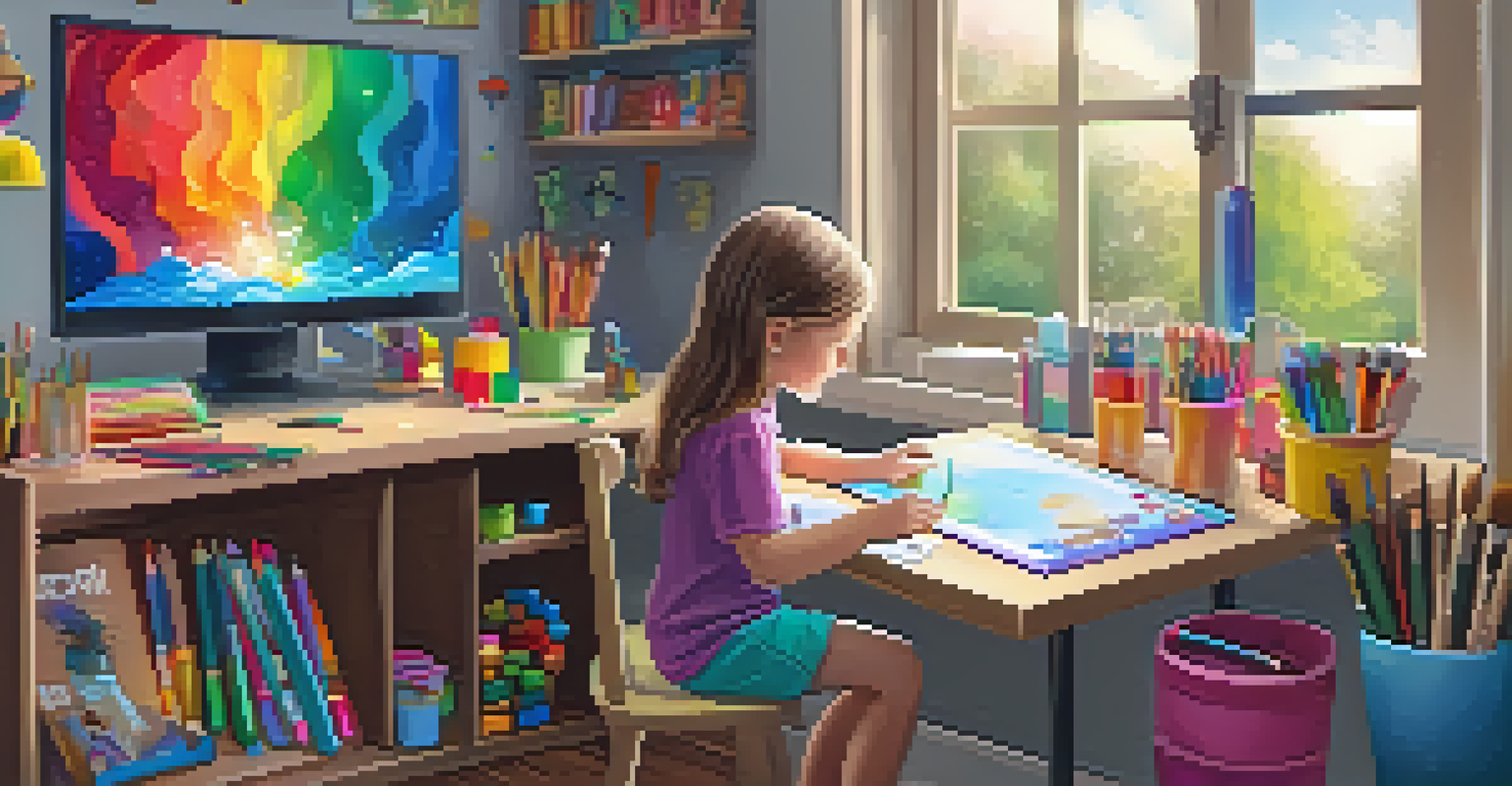Social Learning Theory: Insights from Neuroscience

What is Social Learning Theory?
Social Learning Theory, developed by Albert Bandura, posits that people learn from one another through observation, imitation, and modeling. This theory emphasizes the importance of social influence in shaping behaviors, suggesting that learning occurs not just through direct experience but also by watching others. For instance, a child may learn to tie their shoes by watching a parent demonstrate the process.
The greatest gifts you can give your children are the roots of responsibility and the wings of independence.
At its core, the theory introduces the concept of observational learning, which highlights how individuals can acquire new behaviors and information without direct reinforcement. This means that seeing someone else rewarded for a behavior can motivate an observer to replicate that behavior, even if they haven't experienced it themselves. Bandura's famous 'Bobo doll' experiment is a classic example, demonstrating how children imitated aggressive behaviors after watching adults interact with a doll.
In a world where social interactions are ubiquitous, understanding this theory provides valuable insights into how behaviors spread within communities. Whether in classrooms, workplaces, or social media, knowing how we learn from others can help us create environments that promote positive behaviors and discourage negative ones.
The Role of Neuroscience in Learning
Neuroscience has revolutionized our understanding of how the brain processes information and learns, shedding light on the mechanisms behind Social Learning Theory. By studying brain activity, researchers have discovered that the same neural pathways activate when we observe others as when we perform a task ourselves. This finding suggests that our brains are wired to learn from the actions of others, making social learning an integral part of human development.

For example, mirror neurons, which fire when we perform an action and when we observe someone else performing that action, play a crucial role in this process. These neurons help us empathize and understand others' actions and intentions, thereby enhancing our ability to learn socially. This discovery underscores the biological basis of observational learning, linking the mind's workings with real-world behavior.
Social Learning Through Observation
Social Learning Theory highlights that individuals learn behaviors by observing and imitating others, emphasizing the role of social influence in learning.
As we delve deeper into the relationship between neuroscience and learning, we can utilize these insights to develop better educational strategies. By fostering environments where observational learning is encouraged, educators can enhance student engagement and knowledge retention, making learning more effective and enjoyable.
Neural Mechanisms of Observational Learning
The neural mechanisms underlying observational learning are fascinating and complex. When we observe someone demonstrating a skill, our brain’s reward system activates, reinforcing the idea that learning from others can be both beneficial and enjoyable. This activation encourages us to mimic behaviors that seem advantageous, creating a cycle of learning that is both efficient and effective.
Tell me and I forget. Teach me and I remember. Involve me and I learn.
Functional MRI studies have shown that areas of the brain associated with motor control and planning become active during observational learning. This means that when we watch someone performing a task, our brain is essentially rehearsing the action, preparing us to execute it ourselves. This neural rehearsal is why we often feel compelled to imitate behaviors we see, whether it's a dance move or a cooking technique.
Understanding these neural processes not only enhances our comprehension of social learning but also provides practical applications in various fields, including education, therapy, and even marketing. By leveraging what we know about how the brain learns from observation, we can create strategies that optimize learning outcomes across different contexts.
Implications for Education and Training
The insights from neuroscience, combined with Social Learning Theory, have profound implications for education and training. By recognizing the power of observational learning, educators can design curricula that incorporate modeling and peer learning opportunities. For example, using video demonstrations or collaborative projects can help students learn from one another's successes and mistakes.
Moreover, creating a classroom environment that encourages social interaction fosters a sense of community that enhances learning. When students feel safe to observe and imitate their peers, they are more likely to engage deeply with the material and each other. This can lead to improved academic performance and increased motivation to learn.
Neuroscience Enhances Learning Insights
Research in neuroscience reveals that our brains are wired to learn from observing others, activating similar neural pathways as when performing tasks ourselves.
Ultimately, integrating these insights into educational practices not only enhances knowledge acquisition but also prepares students for real-world challenges. By equipping learners with the skills to learn from observation, we empower them to adapt and thrive in diverse environments.
The Impact of Social Media on Learning
In today's digital age, social media plays a significant role in shaping how we learn socially. Platforms like YouTube, Instagram, and TikTok offer a wealth of opportunities for observational learning, allowing users to share knowledge and skills with a global audience. This shift has transformed traditional learning paradigms, making it easier for individuals to access information and learn from others, anywhere and anytime.
However, while social media can facilitate learning, it also presents challenges. The sheer volume of content available can be overwhelming, and not all information is accurate or beneficial. Therefore, it's crucial for users to develop critical thinking skills to discern credible sources and avoid misinformation. This highlights the importance of teaching digital literacy alongside social learning principles.
Additionally, social media can foster connections and communities of practice, where individuals collaboratively learn and grow. By harnessing the power of these platforms, we can create vibrant learning ecosystems that encourage exploration, creativity, and shared knowledge.
Challenges in Implementing Social Learning
While the principles of Social Learning Theory and its neuroscientific foundations offer exciting possibilities, implementing these concepts can come with challenges. For instance, not all environments are conducive to social learning; some may discourage collaboration or observational learning due to rigid structures or high-stakes assessments. This can stifle creativity and inhibit the natural learning process.
Additionally, individual differences, such as personality and prior experiences, can influence how effectively someone learns from observation. Some people may thrive in collaborative settings, while others might prefer solitary learning. Recognizing these differences and accommodating diverse learning preferences is essential for creating inclusive educational environments.
Social Media's Learning Opportunities
Social media platforms provide vast opportunities for observational learning, enabling users to share knowledge globally while also necessitating critical thinking to navigate information.
Finally, it’s important to ensure that the models we observe—whether in real life or through media—exhibit positive behaviors. Negative role models can lead to the internalization of harmful behaviors, highlighting the need for selecting appropriate examples in both educational settings and media consumption.
Future Directions in Social Learning Research
As we continue to explore the intersections of Social Learning Theory and neuroscience, there are numerous avenues for future research. One promising area is the study of how technology can enhance observational learning, particularly in virtual and augmented reality environments. These technologies offer immersive experiences that can simulate real-world scenarios, potentially revolutionizing how we learn from others.
Moreover, researchers are increasingly interested in understanding how cultural and contextual factors influence social learning. By examining how different societies and communities approach learning, we can gain insights into the nuances of observational learning across diverse populations. This can help create more tailored educational approaches that respect and incorporate cultural differences.

Lastly, ongoing studies into the long-term effects of social learning—especially in the age of digital media—will be vital. Understanding how our interactions with technology shape learning and behavior over time can inform educational practices and policy-making, ensuring that we harness the benefits of social learning for future generations.